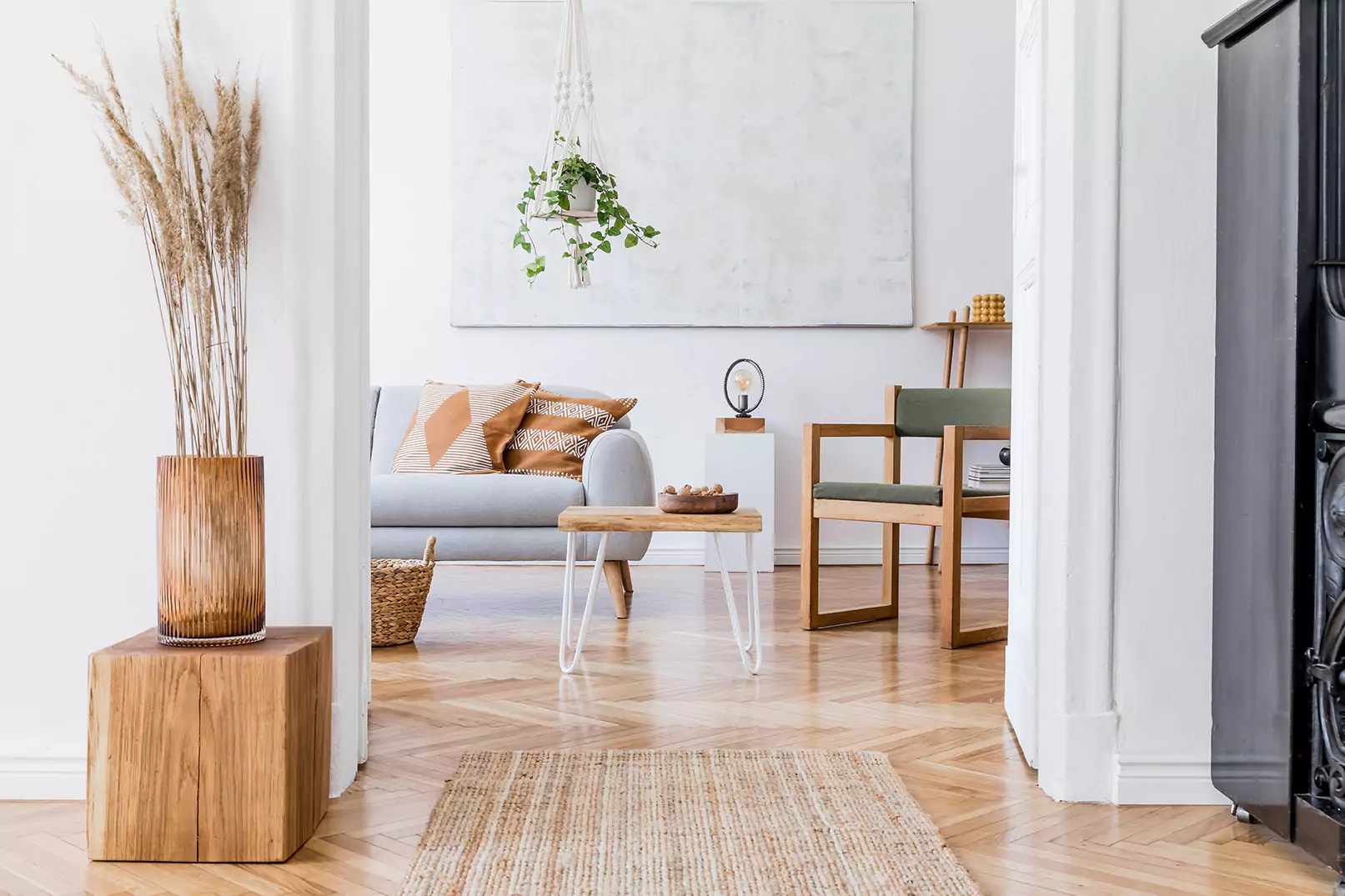AT&T announced yesterday that their home automation and security system, Digital Life, will be available in eight markets come March 2013. The plan is to expand to up to 50 additional markets by the end of the year.
SFhotlist staff attended a Luxury Marketing Council of San Francisco-sponsored brown bag lunch event a few months ago at Studio Becker. The presentation by Engineered Environments covered trending technological innovations for luxury homes and left us in awe. AT&T's Digital Life was highlighted as an automated home management system that is financially accessible and easy to use, as was the Nest thermostat.
AT&T describes Digital Life as a very user-friendly, all-digital, wireless platform that gives consumers the ability to monitor, protect, and manage their homes from smartphones, tablets, or computers. Being able to remotely monitor what is going on in your home and take action - check the video feed to see what the dog is up to, turn lights and thermostats on or off, lock doors - is incredibly exciting (and way cool). And it's all done from your phone or tablet. The key part of Digital Life? You don't need to have AT&T as your cellphone or broadband provider and AT&T specifies that it is compatible with most operating systems, including Android, iOS, and Windows. For the hardware-obsessed readers, the Digital Life control panel is built by Cisco.
From the official press release, here is a lineup of the wirelessly enabled devices that are part of Digital Life :
AT&T is offering customizable packages to make it easy for customers to automate what is most important to them by selecting and extending features. No word yet on pricing or which 8 markets will get Digital Life first.
Home automation and security systems may be the new built-in espresso machine in terms of delivering the "wow factor" in a home. How do these types of highly customizable automated and "ambient intelligence" systems fit in with San Francisco's housing stock? That is, with a city full of old (yet magnificent) Edwardian and Victorian homes and Bernal Heights-esque earthquake cottages, how easy is it to install these modern systems? Will San Francisco be in the lead with innovation but near the back of the line with the implementation of smart environment technology?
